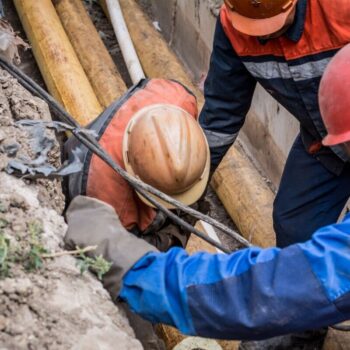Spain’s snap elections in July 2023, and their unexpected outcome, created major political uncertainty. Regardless of the composition of the next government, Spain is bracing for a rocky legislature filled with hard-fought negotiations. Examining four deeper trends in the country’s political, economic and social life gives us the keys to ensure Spain’s energy transition stays on track.
Spain’s politics has been forward-looking since its democratic transition, which started in 1975. The country pioneered the early deployment of renewable energy, and now has formidable potential to become a clean economy superpower. There is little doubt the energy transition will take place in Spain. Yet, the question remains: Which transition?
A stark urban/rural divide risks hindering Spain’s ambitions to further ramp up its deployment of renewable energy. While support for renewables is strong, rural communities have felt excluded from their benefits, leading to opposition to their deployment in depopulated areas. Populist forces are betting on fractures emerging along the divide, and their tactics risk slowing down the transition.
Disparities between Spain’s autonomous regions, particularly in terms of infrastructure and resources, hinder the delivery of the national transition strategy on the ground. A complex governance system complicates it further.
Across this fragmented political and social landscape, Spain is Europhile at its core and an active advocate of further EU integration. At the domestic level, the higher trust in the EU compared to national institutions is palpable. Despite domestic challenges, the country is likely to remain committed to the EU’s vision for the energy transition.
A sober look at these four trends provides a map to navigate the coming uncertainties. This analytical framework can be used to find ways to support both Spain’s transition in the coming years, and its engagement at the EU level in the coming months.
These trends indicate that the following activities can support Spain’s green transition and create positive impact:
- Bringing together Spanish civil society organisations and a wide range of actors who champion climate ambition.
- Building bridges between Madrid and Brussels to relay Spanish voices.
- Sharing best practice from across Europe, disseminating insights on overcoming similar barriers.



